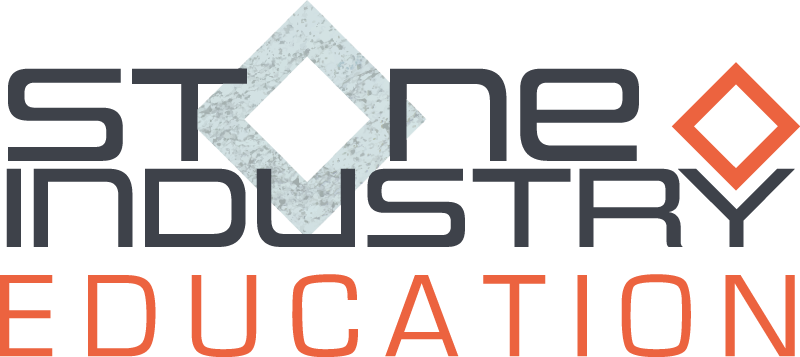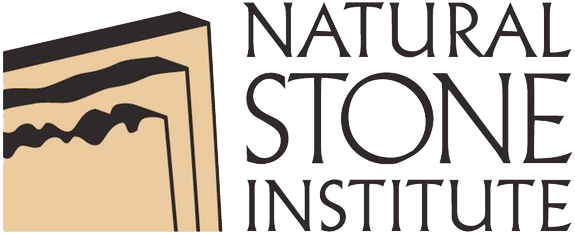The Natural Stone Institute Board of Directors presented a panel discussion on the State of the Stone Industry during Coverings, which took place at the Orange County Convention Center in Orlando, FL, from April 18 to 21, 2023. The panel, moderated by Natural Stone Institute CEO James Hieb, included:
- Duane Naquin of Stone Interiors, president
- Katie Jensen of Triton Stone Group, vice president/president-elect
- Jeff Erickson of Cutting Edge Countertops, secretary
- Even Cohen of Quality Marble & Granite, treasurer
- Badia “Buddy” Ontra of Ontra Stone Concepts, immediate past president.
Hieb kicked the session off by asking the panel, “What keeps you up at night?”
“It’s very challenging to get enough of the right people,” said Erickson. Naquin shared this sentiment, also saying the struggle with employees is a concern.
Along those lines, Jensen cited inspiring her team and keeping them dedicated to the company goal is a priority for her. “We need all the team to truly believe for us to be successful,” she said.
As an importer and distributor of natural stone, Cohen said logistics is a pressing issue. “Price and time fluctuations, which you constantly have to balance,” he said.
The discussion then turned to governmental regulations. “I know that most businesses would prefer no governmental involvement in their day-to-day operations, but that is not possible,” said Hieb. “But I think one area we can all agree upon is that employee working conditions (aka safety) has improved so much over the last several decades. However, the subject of silica and threat of silicosis is again becoming a topic of great discussion.” Hieb then asked Ontra to provide a brief overview of what building materials contain silica.
Ontra pointed out there are numerous products that contain silica, including:
- Concrete
- Glass
- Engineered Stone
- Select species of natural stone
- Terrazzo.
“It is important to remember that silica in its natural state is not dangerous, but when it is cut and the dust becomes airborne that is when employees are at risk,” explained Ontra. “So fabricators, like me, and installers who are cutting materials in the field should take precautions to keep their employees safe.”
“Just prior to the COVID pandemic, the U.S. governmental agency OSHA announced they were going to apply more enforcement on this topic,” said Hieb. “COVID occurred and enforcement personnel were confined to offices vs. being out in the field addressing this topic. So as we come out of COVID, I have no doubt that enforcement measures will be increased.”
Triton explained silicosis cases are widespread. “Unions and other employee groups have petitioned the government to get involved,” she said. “It is important to note that engineered stone has been the dominant countertop product in Australia for years – generally agreed to be roughly 90% of the market. So, the government is considering a ban on engineered or quartz materials containing more than 40% silica. It is striking contrast what that impact a ban on a building material will have on the industry.”
“We need to consider what a ban like this would do to our market,” said Jensen. “We must all get behind safety measures.”
Erickson said that industry members should be careful not to assume this issue is an engineered or quartz surface issue alone. “There is silica content in many products as Buddy shared earlier,” he said. “My company is addressing this matter by executing a silica exposure control plan and taking important measures to keep our employees safe.”
When it comes to safety precautions regarding silica, Naquin gave several recommendations. First, monitor employee exposure. “Employ RCS monitoring services to determine risk levels of specific employees, jobs and areas within your shop so you can best focus training and resources to improve safety,” he said. “Testing options include free OSHA On-Site Consultation services or paid third party testing by industrial hygiene and safety companies. This first step can help you determine exactly where employee training, increased housekeeping efforts or additional dust prevention equipment is needed.”
Naquin also suggested to partner with suppliers. “Learn from equipment and tooling suppliers about technology advances – regular air monitoring, safer cutting options, air filtration, available PPE, etc. – to help keep employees safe. Explore all options to minimize RCS exposure for employees.”
Finally, Naquin said to embrace training. “The Natural Stone Institute offers a variety of resources online which can be incorporated into your company’s training program. A Silica Safety Training Certificate is available,” he said.
Cohen added to leverage the relationships that material distributors have with their customers – the fabricator – and advance more awareness of the three key action items Naquin discussed.
The hour-long session went on to highlight points about sustainability and challenges with competing products. Moreover, recent initiatives the Natural Stone Institute is taking to promote the use of natural stone, as well as labor shortages and workforce development, were also talking points. Look for more on these topics at Stone World soon.





